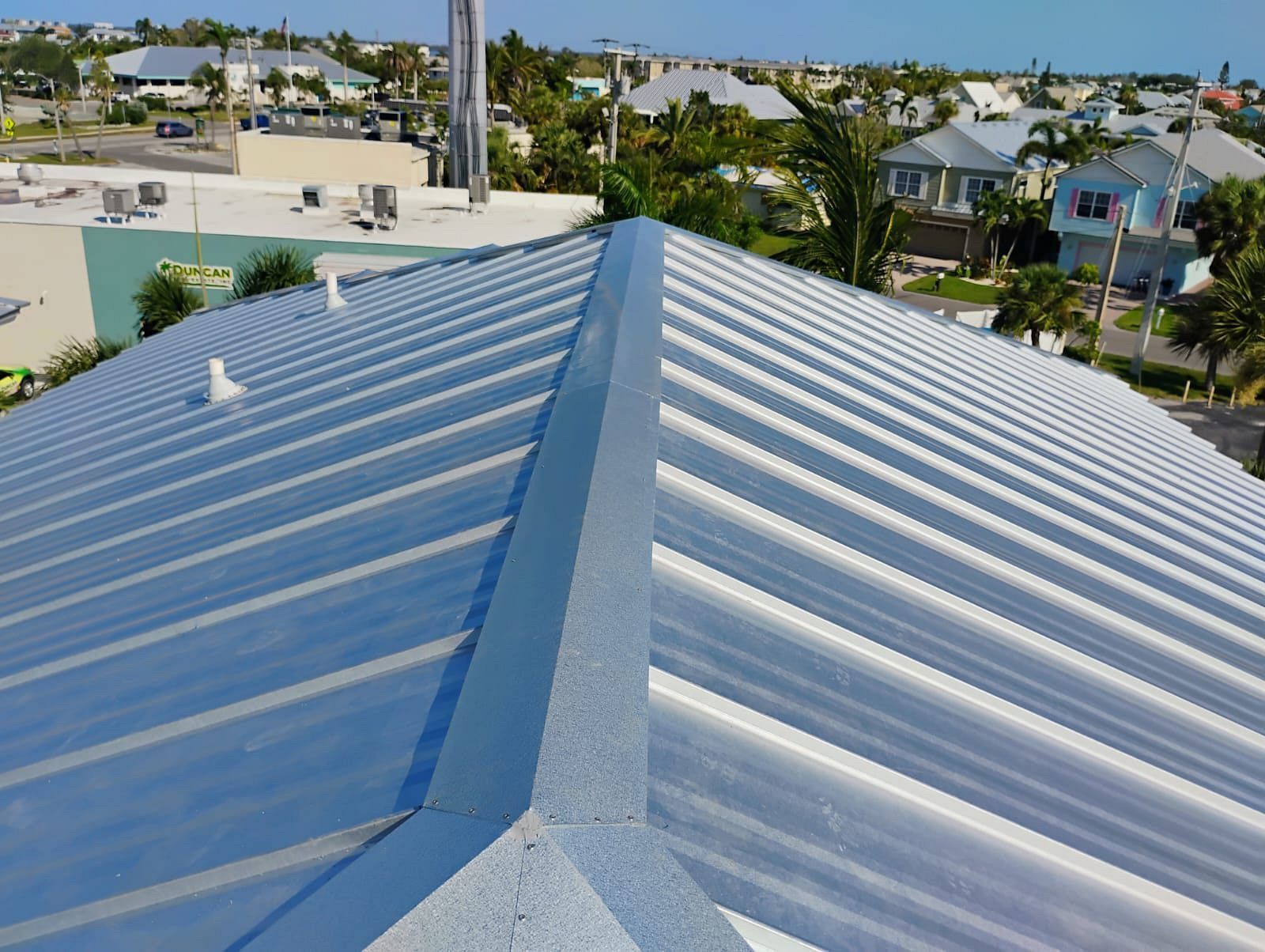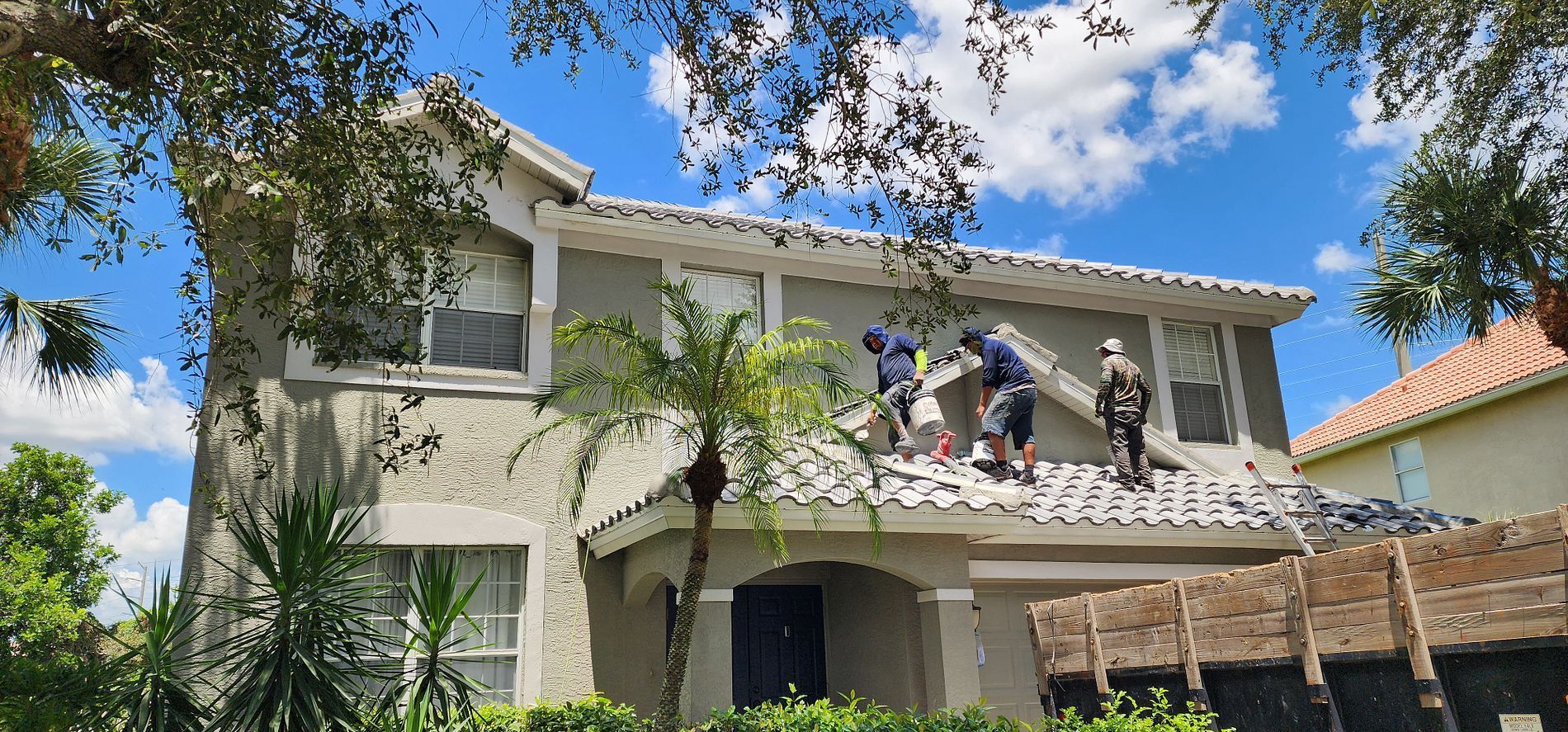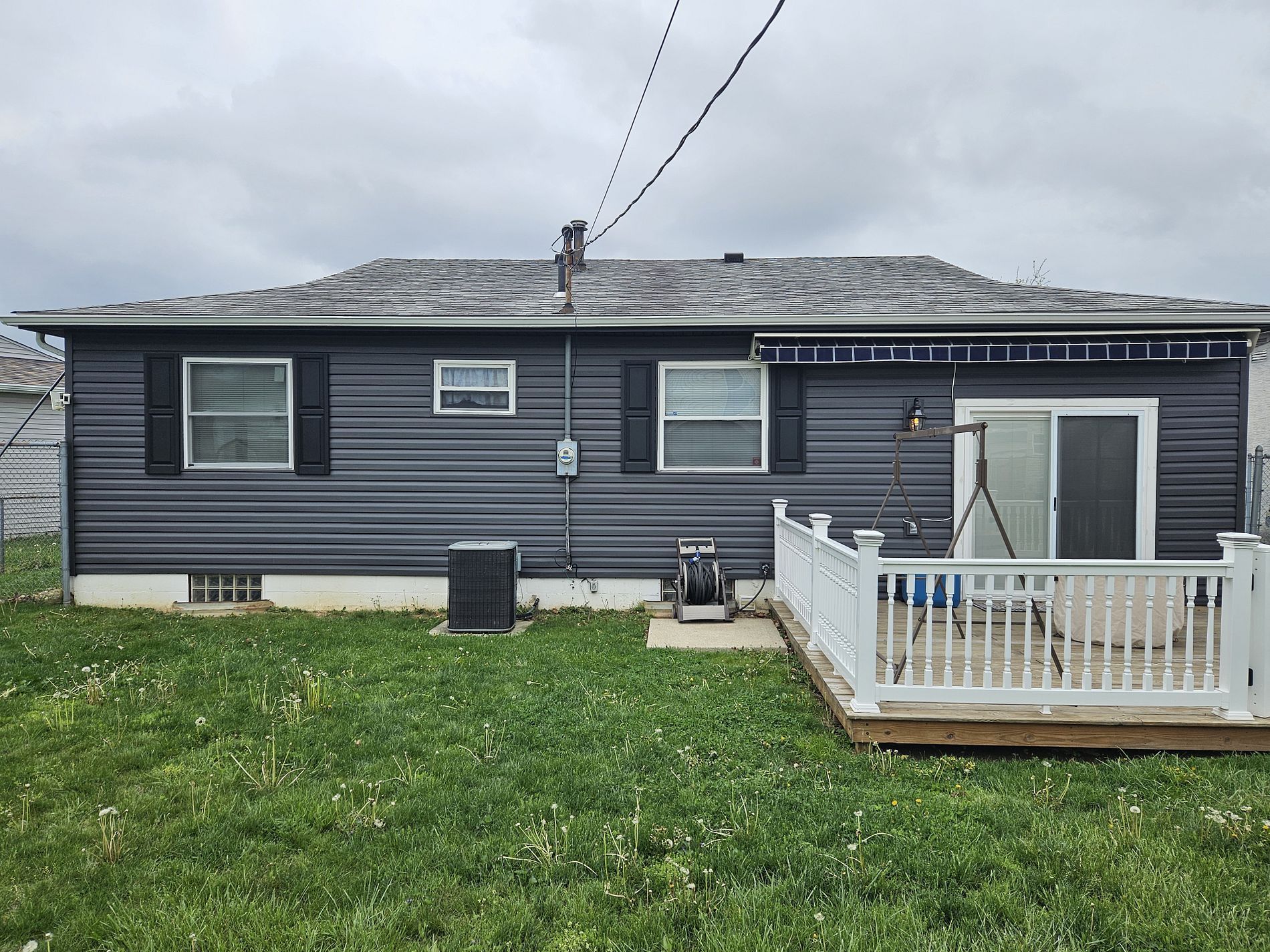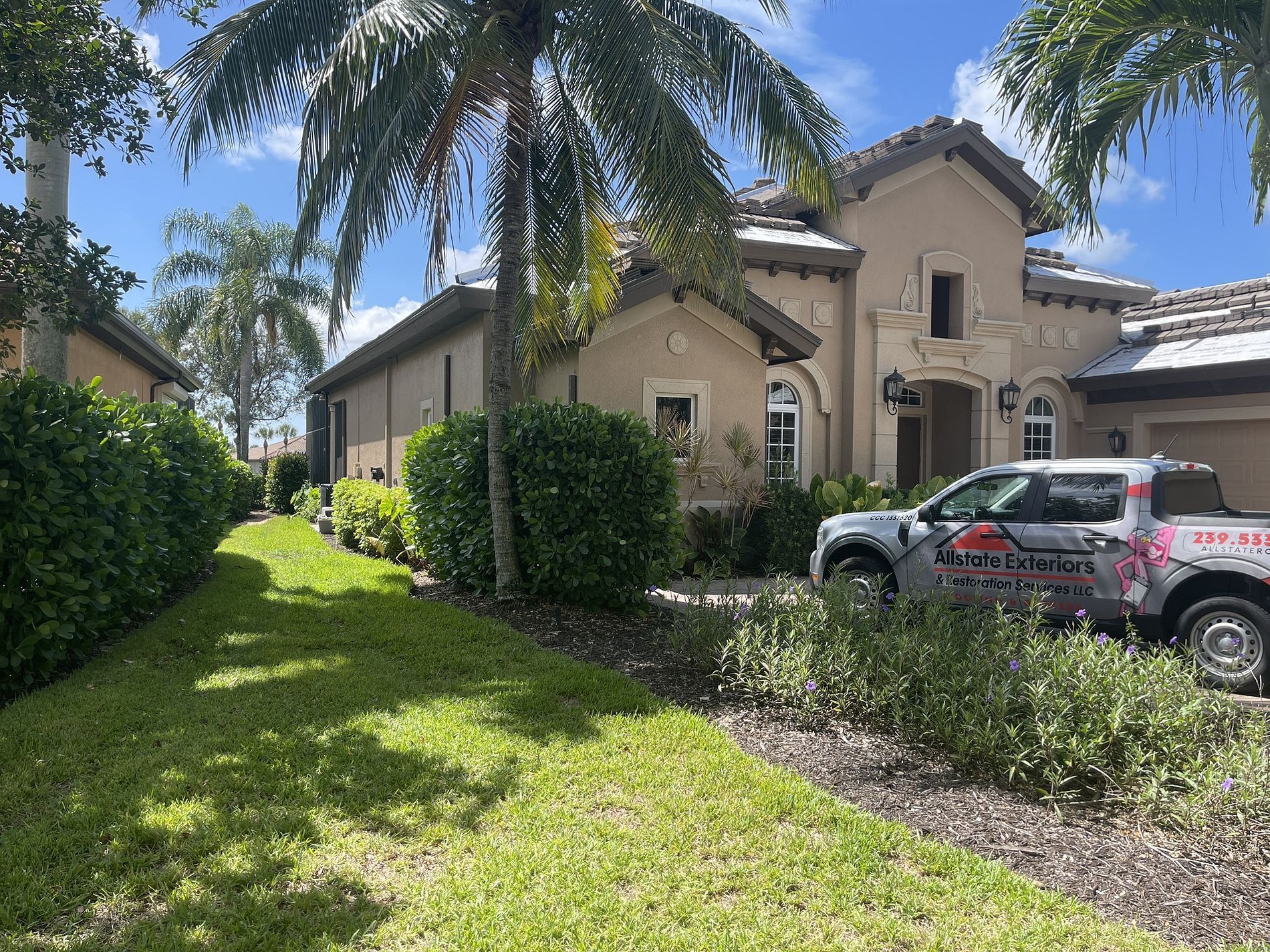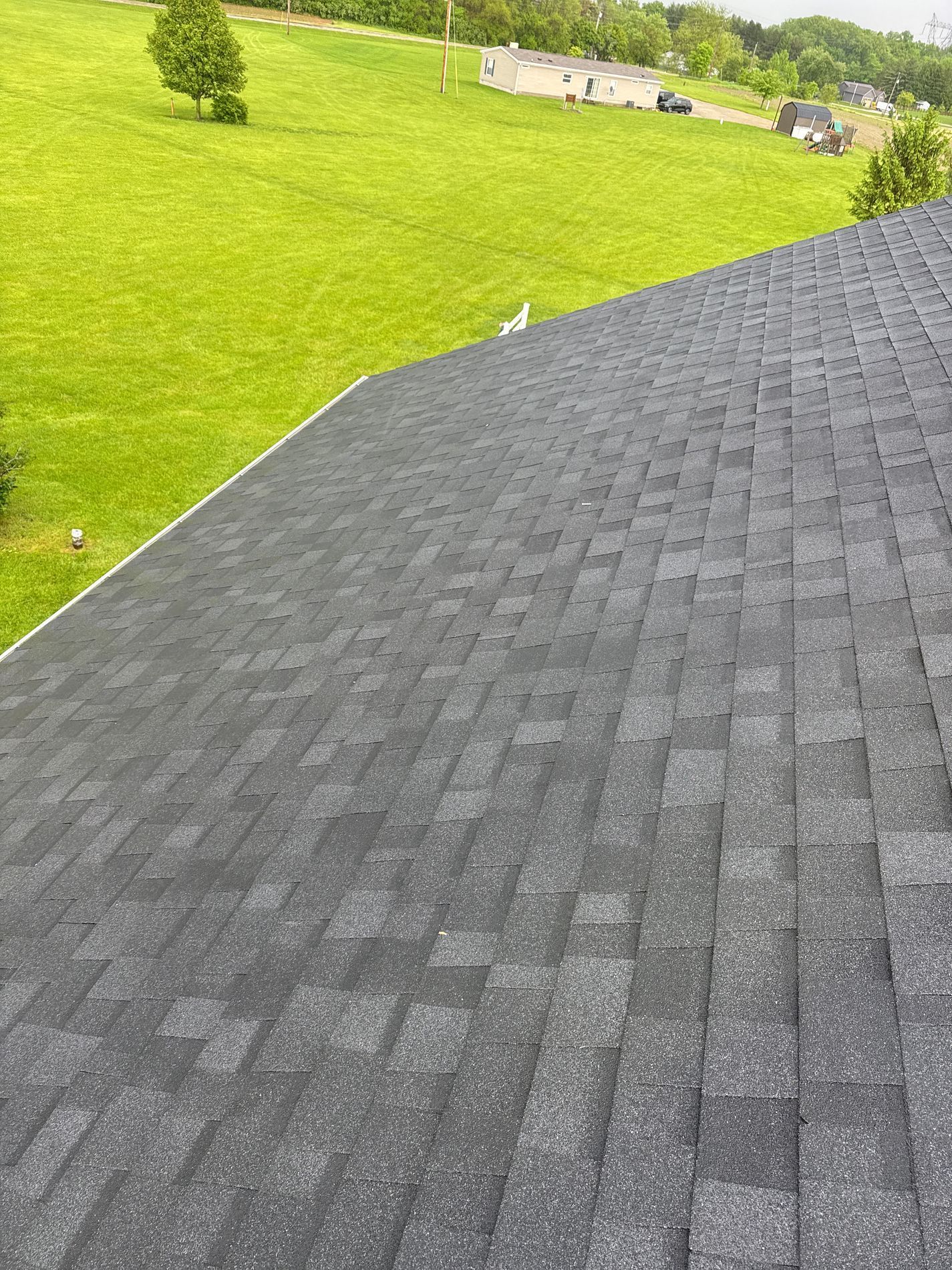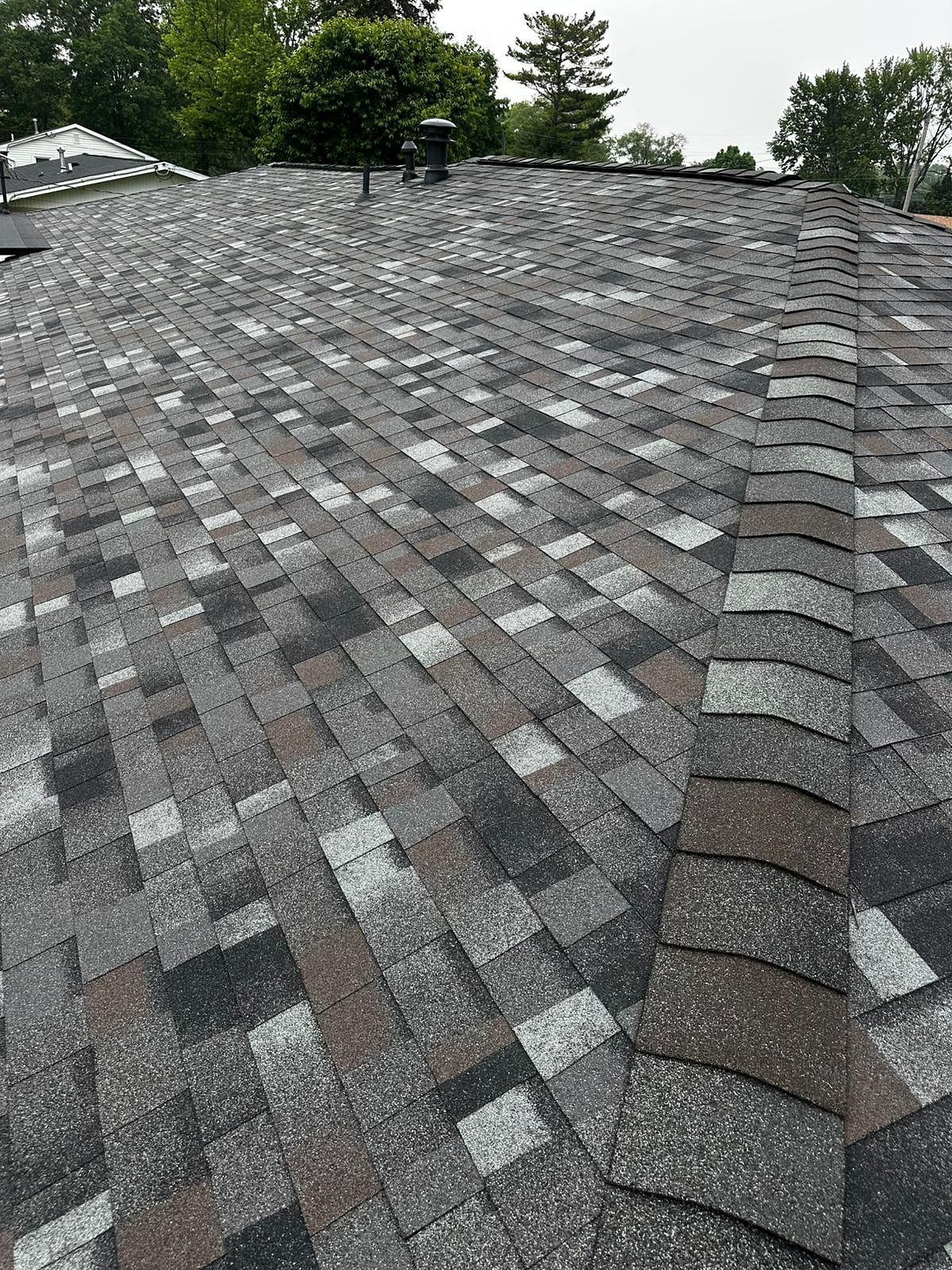What Do You Need To Know About Supplementing Insurance?

Supplemental insurance claims are change orders and additional charges on an insurance claim based on discovered, underpaid, or overlooked items while restoring your Central Ohio home. Since you probably do not file claim after claim after claim, you may be unfamiliar with the insurance claim process — including supplementing — after a storm or other event that damages your property.
Insurance Claims
When your siding, roof, or gutters are seriously damaged, and you file an insurance claim, you begin a process including many professionals:
- Your local insurance agent
- An insurance adjuster for processing the claim and arranging a payment
- A contractor or several contractors for repairs
Once the claim is filed, your primary task is to move information between these professionals, arrange inspections of your damaged property, sign off on work performed, and pay your deductible. You may also be the intermediary between adjuster and contractors; sometimes, the contractor will work directly with the adjuster, sometimes not.
If in doubt, always ask your contractor since most home contractors deal with insurance claims day in and day out.
Supplementing
The selection of a roofing, siding, or gutter contractor to restore your home after it sustains damage is entirely up to you. An insurance company’s adjuster may recommend this roofer or that contractor, but you decide. Many homeowners overlook the step where they make certain a roofer can handle supplemental claims.
Supplementing means the orderly addition of charges to an insurance claim. This can happen for several reasons:
- The estimate for replacement materials was below the actual outlay due to fluctuating commodities prices or other causes.
- The adjuster overlooked a damaged area during the inspection and estimate.
- During restoration, additional damage is revealed, as when shingles are removed, and the underlayment and sheathing are inadequate.
Supplementing the claim is done by a Work Change Order, which requires sign-off by the contractor and the homeowner. Often the Change Order is done by meeting with the adjuster on-site, demonstrating the reasons for the supplement with photographs or video, and filling out paperwork. The adjuster is the final arbiter of a Change Order or supplements on-site, and in most cases, this is routine, if tedious, paperwork.
Good Choice!
Even with the pressure of getting repairs done quickly, you still want flexibility and the maximum insurance benefits. This is why you should work with a roofing contractor familiar with supplementing the claim.
Some homeowners may have a (false) notion the contractor deliberately underestimates the damage just to tack on charges insurance will cover. This is not the case since the administrative burden brought by supplementing the claim is enormous. Many roofers will not agree to any changes in the Scope of Work and estimate to avoid the paperwork problems of supplementing the claim.
With a roofer, siding, or gutter contractor familiar with (and willing to handle) supplements to the insurance claim, you win in two ways:
- Better quality work is performed on your home — The adjuster settles on a price, and the contractor begins, then discovers the need for supplementing, leaving the contractor with one of four choices:
- Perform the necessary work hoping to get reimbursed by the insurer for the work
- Perform the needed work and bill the homeowner
- Ignore the needed extra repair work and perform only what is in the original Scope of Work
- Cut corners to stretch the original insurance claim’s value to cover as much of the discovered problems as possible
If, however, the insurer and roofer work with supplemental insurance as a possibility, the work can move ahead as a more thorough, longer-lasting repair.
- Your insurance benefits are maximized — A roofer or other contractor knowledgeable about supplementing a claim will leave no money behind. The roofer will take time to thoroughly inspect the damage, including crawling into attics to get a view of the underside of your roof. The roofer will systematically evaluate all the interlocking parts of a roofing system:
- Ridge vents
- Field shingles or metal panels
- Starter course
- Flashing
- Underlayment
- Water and ice shield
- Drip edge
- Gutters
- Soffit vents and gable vents
- Rubber boots around roof piercings
- Skylights and other major roof elements
Bad Choice!
Some skeptical homeowners may sniff at supplementing insurance, wary of insurance fraud. Rest assured, a quality roofer will work to get the greatest possible legal benefit from your insurance claim without randomly adding on specious charges. Good roofers and good building contractors know better than to risk insurance fraud. Wise homeowners know to work with ethical contractors, too.
Please contact us today at Allstate Exteriors & Restoration in Central Ohio. We have long experience working with insurance companies. We are an ethical, respected business familiar with insurance supplementing, changes to Work Orders, and providing highly accurate initial estimates.
